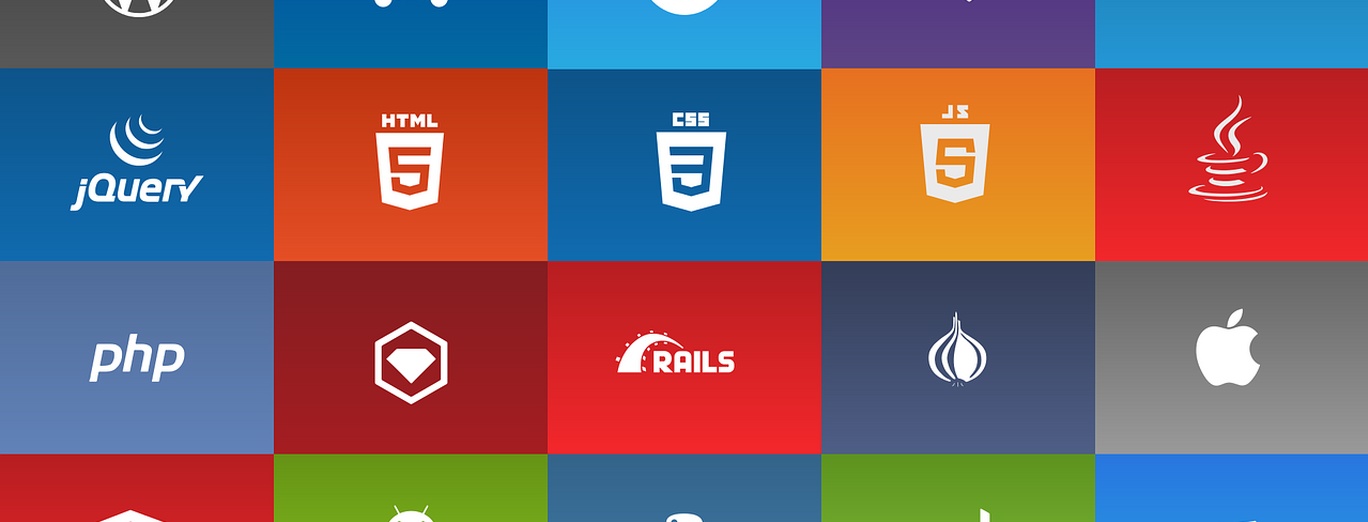Programming Languages
It is the core language of the Poplog programming environment developed originally by the University of Sussex, and recently in the School of Computer Science at the University of Birmingham which hosts the Poplog website, It is often used to introduce symbolic programming techniques to programmers of more conventional languages like Pascal. May 09, 2019 Moving down, you will find some of the best and most demanding programming languages for web development, mobile development, game development and more. At the very end, you’ll be having a clear picture of which programming languages can help your career boost in upcoming years and beyond that.
- Language types
- Algorithmic languages
- Business-oriented languages
- Education-oriented languages
- Object-oriented languages
- Document formatting languages
- World Wide Web display languages
- Elements of programming
Our editors will review what you’ve submitted and determine whether to revise the article.
Join Britannica's Publishing Partner Program and our community of experts to gain a global audience for your work! David HemmendingerComputer programming language, any of various languages for expressing a set of detailed instructions for a digital computer. Such instructions can be executed directly when they are in the computer manufacturer-specific numerical form known as machine language, after a simple substitution process when expressed in a corresponding assembly language, or after translation from some “higher-level” language. Although there are many computer languages, relatively few are widely used.

Machine and assembly languages are “low-level,” requiring a programmer to manage explicitly all of a computer’s idiosyncratic features of data storage and operation. In contrast, high-level languages shield a programmer from worrying about such considerations and provide a notation that is more easily written and read by programmers.

Language types
Machine and assembly languages
A machine language consists of the numeric codes for the operations that a particular computer can execute directly. The codes are strings of 0s and 1s, or binary digits (“bits”), which are frequently converted both from and to hexadecimal (base 16) for human viewing and modification. Machine language instructions typically use some bits to represent operations, such as addition, and some to represent operands, or perhaps the location of the next instruction. Machine language is difficult to read and write, since it does not resemble conventional mathematical notation or human language, and its codes vary from computer to computer.
Assembly language is one level above machine language. It uses short mnemonic codes for instructions and allows the programmer to introduce names for blocks of memory that hold data. One might thus write “add pay, total” instead of “0110101100101000” for an instruction that adds two numbers.

Assembly language is designed to be easily translated into machine language. Although blocks of data may be referred to by name instead of by their machine addresses, assembly language does not provide more sophisticated means of organizing complex information. Like machine language, assembly language requires detailed knowledge of internal computer architecture. It is useful when such details are important, as in programming a computer to interact with peripheral devices (printers, scanners, storage devices, and so forth).

Algorithmic languages
Algorithmic languages are designed to express mathematical or symbolic computations. They can express algebraic operations in notation similar to mathematics and allow the use of subprograms that package commonly used operations for reuse. They were the first high-level languages.
Programming Languages Ranking
FORTRAN
Programming Languages List
The first important algorithmic language was FORTRAN (formula translation), designed in 1957 by an IBM team led by John Backus. It was intended for scientific computations with real numbers and collections of them organized as one- or multidimensional arrays. Its control structures included conditional IF statements, repetitive loops (so-called DO loops), and a GOTO statement that allowed nonsequential execution of program code. FORTRAN made it convenient to have subprograms for common mathematical operations, and built libraries of them.
FORTRAN was also designed to translate into efficient machine language. It was immediately successful and continues to evolve.
ALGOL
ALGOL (algorithmic language) was designed by a committee of American and European computer scientists during 1958–60 for publishing algorithms, as well as for doing computations. Like LISP (described in the next section), ALGOL had recursive subprograms—procedures that could invoke themselves to solve a problem by reducing it to a smaller problem of the same kind. ALGOL introduced block structure, in which a program is composed of blocks that might contain both data and instructions and have the same structure as an entire program. Block structure became a powerful tool for building large programs out of small components.
ALGOL contributed a notation for describing the structure of a programming language, Backus–Naur Form, which in some variation became the standard tool for stating the syntax (grammar) of programming languages. ALGOL was widely used in Europe, and for many years it remained the language in which computer algorithms were published. Many important languages, such as Pascal and Ada (both described later), are its descendants.
C
The C programming language was developed in 1972 by Dennis Ritchie and Brian Kernighan at the AT&T Corporation for programming computer operating systems. Its capacity to structure data and programs through the composition of smaller units is comparable to that of ALGOL. It uses a compact notation and provides the programmer with the ability to operate with the addresses of data as well as with their values. This ability is important in systems programming, and C shares with assembly language the power to exploit all the features of a computer’s internal architecture. C, along with its descendant C++, remains one of the most common languages.
Javascript
Business-oriented languages
COBOL
COBOL (common business oriented language) has been heavily used by businesses since its inception in 1959. A committee of computer manufacturers and users and U.S. government organizations established CODASYL (Committee on Data Systems and Languages) to develop and oversee the language standard in order to ensure its portability across diverse systems.
COBOL uses an English-like notation—novel when introduced. Business computations organize and manipulate large quantities of data, and COBOL introduced the recorddata structure for such tasks. A record clusters heterogeneous data—such as a name, an ID number, an age, and an address—into a single unit. This contrasts with scientific languages, in which homogeneous arrays of numbers are common. Records are an important example of “chunking” data into a single object, and they appear in nearly all modern languages.
Programming Languages
- key people
- related topics
